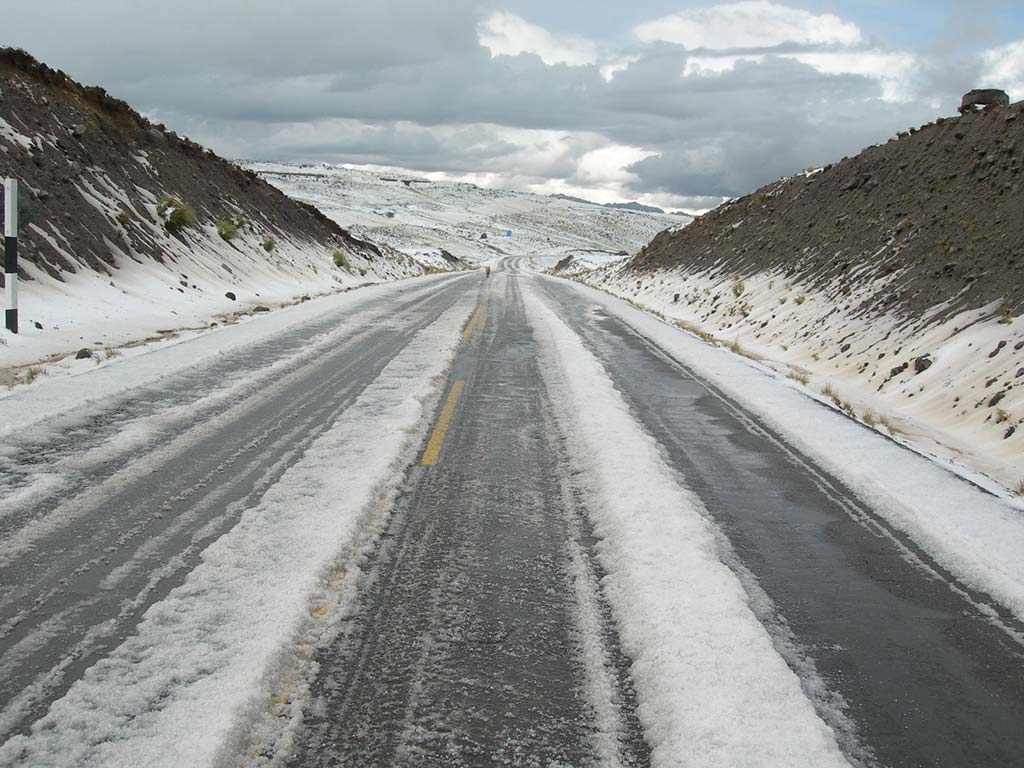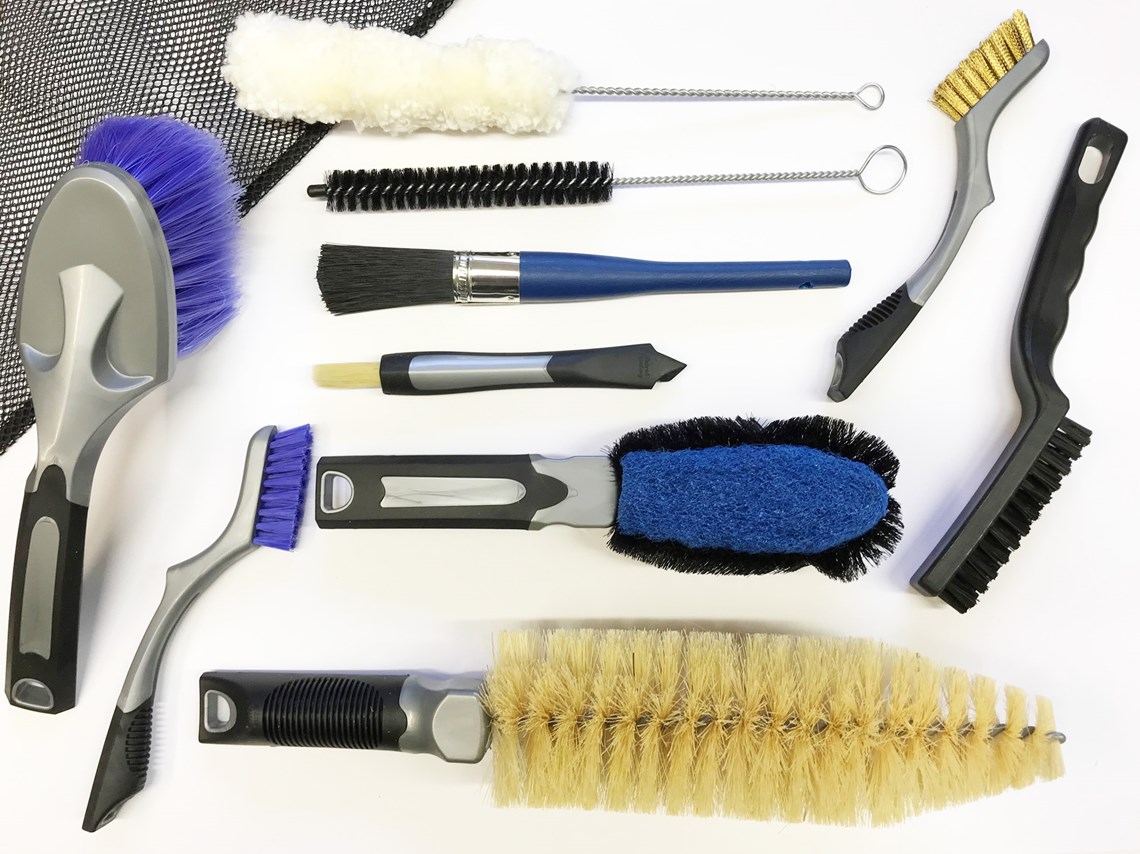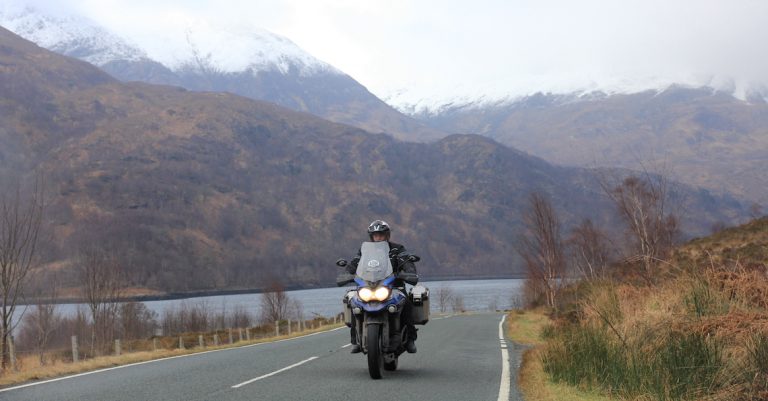Corrosion. It’s the biker’s bogeyman; a word that sends shivers down our spine and keeps our bikes hidden away in garages when the winter months roll around.
With good reason too. We’ve all seen motorcycles that have endured a harsh winter on the roads, they’re not hard to miss after all. Corrosion eats away at exposed metalwork and can cause irreversible, and frankly ugly, damage to our pride and joys. But, there’s good news.
Corrosion is preventable, and there’s no reason to let the threat of it keep you out of the saddle this winter. So, to understand what it is, why it happens, and how to prevent it, we’ve prepared this little guide to that dreaded C-word. Let’s get into it.
Why do our bikes get corroded, and how can I prevent it?

Corrosion is another word for rust, which is what happens when metal meets water and oxygen.
Now, while the the metalwork on our motorcycles is designed to handle water during usual running, in winter that delicate balance is messed up by the introduction of road salt. Salt seriously accelerates the process of rusting when it’s dissolved into water, hence why corrosion is seen as a winter-only problem.
And no, sadly the solution isn’t doing away with road salt. It lowers the freezing temperature of water, thereby reducing the chance of ice on the roads, so it’s pretty essential. It hangs around on the surface of the road too, so even a quick blast on a dry, sunny morning can leave you at risk of corrosion. To put it simply, there’s no getting away from it.
So, how can we prevent it?
The first step is to coat your bike with a winter anti-corrosion protectant spray. Typically oil-based, these sprays will sit on the outside of the metal, forming a protective barrier that is harder for the salty water to penetrate.
It’s not the perfect solution though. Over time this barrier can wear thin and it’s not always easy to get 100% coverage either, which is where the next couple of steps come in.
After going for a ride, ensure you wash all the winter crud and muck off your bike with cold water once you get home. You’ll want to use cold water for this, as hot water will dissolve the salt crystals and could actually help spread them further around your bike.
On top of that, make sure you’re giving your bike a full clean once every couple of weeks, using soap, water, and a brush kit that’ll help you get into all those little nooks and crannies. It goes without saying that water is pretty capable of getting anywhere and everywhere, so you’ll want to be thorough with this step.
Once you’re done, don’t forget to re-coat your bike in that anti-corrosion spray ahead of your next ride.
If you stick to all of those steps, your bike should look spick and span come the warmer days of spring.
Nippy Normans Brush Kit

Getting into every nooks and cranny of your bike is important when it comes to keeping winter corrosion at bay, which is where the Nippy Norman 11-piece brush kit comes in.
With, you guessed it, 11 different types of brushes included in the kit, which you currently pick up for less than £20 (it’s on offer until Christmas), you’ll have everything you need to get to all those hard-to-reach spots on your bike when you give it a wash-down.
Check out the full kit on Nippy Normans’ website.




